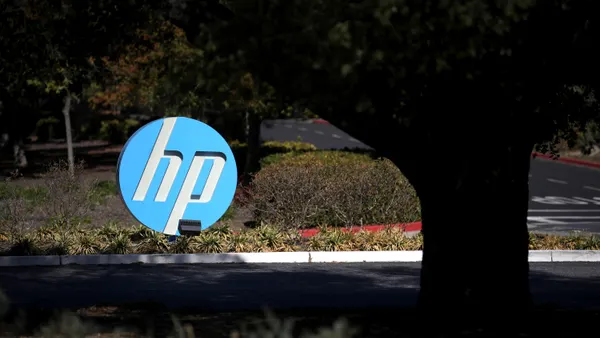CIOs have a fraught relationship with ERP overhauls due to longer-than-expected turnaround times, higher costs and other hiccups that can develop along the way.
The tension isn’t likely to change, analysts suspect. Gartner predicts 7 in 10 enterprise ERP initiatives will fail to fully meet initial expectations by 2027, with as much as 25% ending catastrophically.
Even so, these projects have the potential to improve data management, increase efficiency and expand capabilities. Plus, putting off upgrades entirely is out of the question as risks accompany outdated IT infrastructure.
Professional services firms and vendors have beefed up offerings to target ERP upgrade pain points, such as EY’s newly launched service to manage SAP customer deployments and Kyndryl’s ERP migration consulting practice, inspired by its own SAP migration story.
Enterprises are working to mitigate risks where they can as well. The Clorox Company, Ulta Beauty and spice maker McCormick are just some of the household brands to adjust their ERP strategies as they push forward on implementation.
Whether it’s Clorox’s “maniacal” documentation approach or McCormick’s revamped deployment strategy, businesses are working to alleviate pressure where they can, especially as volatility in the market persists.














